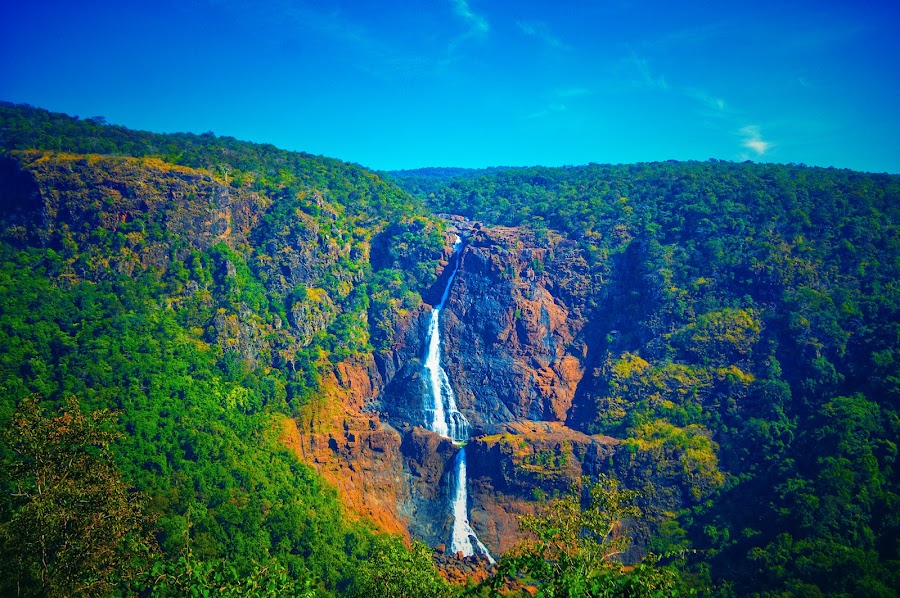
Barehipani Waterfall
Mayurbhanj, India
- Enjoy a picnic near the falls.
- Explore the Simlipal National Park.
- Photography of scenic beauty.
- Spot diverse flora and fauna.
- Trekking in nearby forest area.
- Witness the cascading waterfall.
Known for:
Description:
Barehipani Falls, nestled within the Simlipal National Park in Mayurbhanj, Odisha, is one of India's highest waterfalls. Cascading down from a height of 399 meters (1,309 feet), it presents a breathtaking spectacle of nature's power and beauty. The falls are formed by the Budhabalanga River plunging over the Meghasani peak. The surrounding lush green forests, teeming with diverse flora and fauna, add to the allure of the place. The roar of the water, the mist in the air, and the panoramic views make it a truly unforgettable experience for nature lovers and adventure seekers. The journey to the falls itself is an adventure, passing through dense forests and offering glimpses of the region's rich biodiversity. It's a perfect escape from the hustle and bustle of city life, offering tranquility and a chance to reconnect with nature.
History:
The history of Barehipani Falls is intertwined with the history of the Simlipal National Park. The park was initially a hunting ground for the Maharaja of Mayurbhanj. Realizing the ecological importance of the area, it was declared a sanctuary in 1956 and later a national park in 1980. Barehipani Falls, being a significant part of the park's ecosystem, gained prominence along with the park's conservation efforts. The falls have been a source of water and sustenance for the local tribal communities for generations. While there are no specific historical events directly linked to the falls themselves, their presence has undoubtedly shaped the lives and culture of the people living in the surrounding areas. Today, it stands as a testament to the region's natural heritage and the importance of preserving it for future generations.